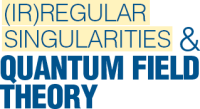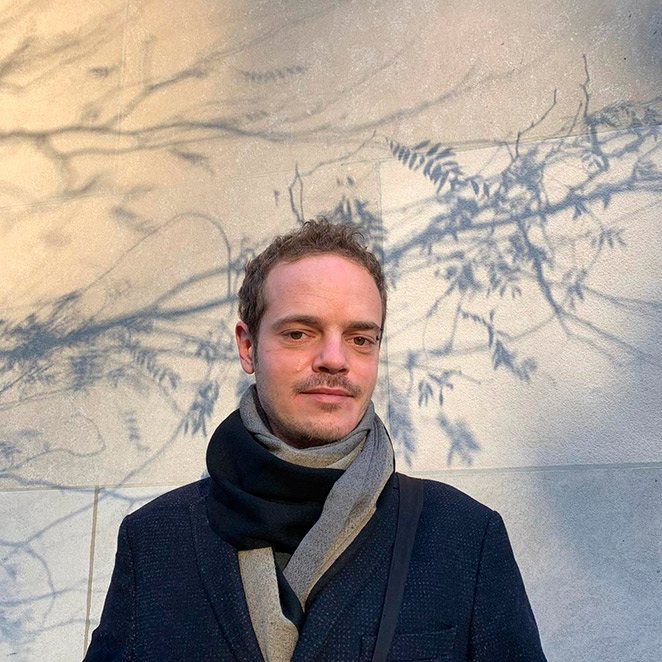Random Matrices and Gauge Theories
Description
Random Matrix Theory provides us with a useful toolkit to explore the net of relationships between physics, geometry and integrable systems. By definition, random matrix theory studies matrix-valued random variables. Its origins in mathematical physics date back to the seminal work by Nobel laureate Eugene Wigner, in the context of nuclear physics. The subject has grown to become a very significant tool in physics, with a varied number of applications spanning from condensed matter physics to quantum gravity and in gauge and string theory.
Our research lines are devoted to application of Random Matrix Theory to an in-depth mathematical investigation of low-dimensional topological and supersymmetric gauge theories, and the analysis of their exactly solvable structure. Indeed, our research goals are mostly achieved by exploiting and developing the matrix model formulation of quantum field theories. By matrix model formulation one refers to the situation where the observables of the gauge theory in question admit an integral representation over the eigenvalues of a random matrix ensemble. This approach, put forward by Pestun in 2007, and partially based on seminal mathematical results in the 1980s, such as the Duistermaat-Heckman theorem, has been enormously influential, leading to a new world of possibilities in the analysis of supersymmetric gauge theories in curved manifolds.
Goals
- i) Asymptotic of Toeplitz determinants for symbols with zeros and poles.
- ii) Use of the analytical results obtained in i) to further the development and generalization of the studied connection between correlation functions of spin chains and unitary random matrix ensembles.
- iii) By studying the correspondences between Yang-Mills theory in two dimensions, its q-deformations and refinements, we plan to obtain a complete description of the phase diagram of quantum electrodynamics and quantum chromodynamics theories in three dimensions, with different types of supersymmetric matter.
Results so far (December 2020)
The phase diagram of quantum electrodynamics on a three-dimensional sphere with supersymmetry has been derived for a large number of quarks. A relationship, this time holding for any number of quarks, between this theory and the celebrated hyperbolic Calogero-Moser integrable model has been uncovered as well. This connection has been extended a family of non-Abelian gauge theories, known as the T[SU(N)] theories, including the gauge group of the Standard Model of particle physics as a particular case.
The phase diagram of three-dimensional supersymmetric quantum chromodynamics has also been established, in the limit of a large number of colours and flavours.
Conti, Negro and Tateo and in separate works Santilli and Tierz, in collaboration with Richard J. Szabo, have investigated irrelevant deformations of a web of gauge theories in two dimensions, combining tools from integrability, random matrix theory and orthogonal polynomials, and geometry.
The equivalence between a vicious walkers model, the Loschmidt echo in a long-range spin chain and a dimer model has been proven by Santilli and Tierz using random matrix theory. In the same work, it has been shown that this equivalence survives in the limit of an infinite number of degrees of freedom on a real slice of the parameter space, but breaks down otherwise. The argument is based on both algebro-geometric methods and random matrix theory computations, and supported by insight from different problems in gauge theory.




